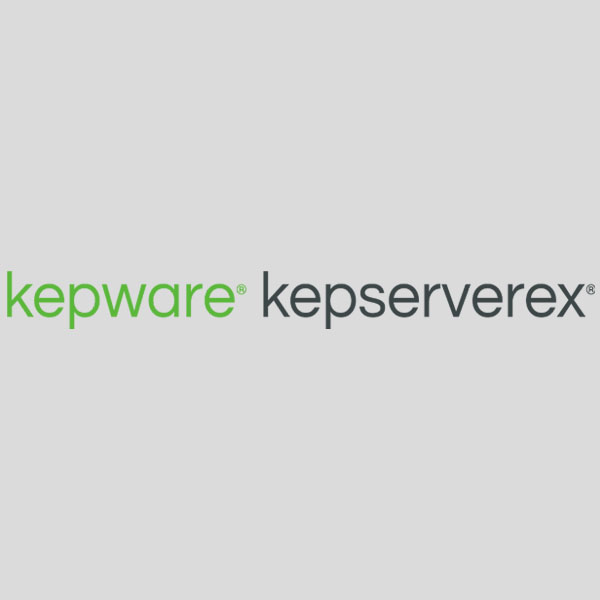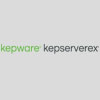Alarms and Events for KEPServerEX can help reduce costs and improve performance. OPC Alarms and Events (AE) clients can receive and monitor process alarms, operator actions, informational messages, and tracking/auditing messages directly from Alarms and Events. Users can monitor areas of a process that may require operator attention when defined thresholds are met, including safety limits of equipment, event detection, and abnormal situations. Alarms and Events can also be used to help identify faulty equipment, create maintenance work orders, and improve operators’ effectiveness. Furthermore, it can be used to collect and record alarm and event information for audits or used in correlation with other historical data.
Alarms and Events is an advanced plug-in to KEPServerEX, and works in conjunction with the platform’s free OPC AE server interface. Creating an alarm is as simple as browsing the existing tags within KEPServerEX and selecting the item that will be used as the alarm. Once an item is chosen, a condition and sub-condition need to be set for the item. A trigger is then set comparing the current data value and the threshold. When the condition’s trigger is met, an alarm will be sent to the corresponding Alarms and Events client application providing the user with unique alarm input, output, and acknowledgement messages.



